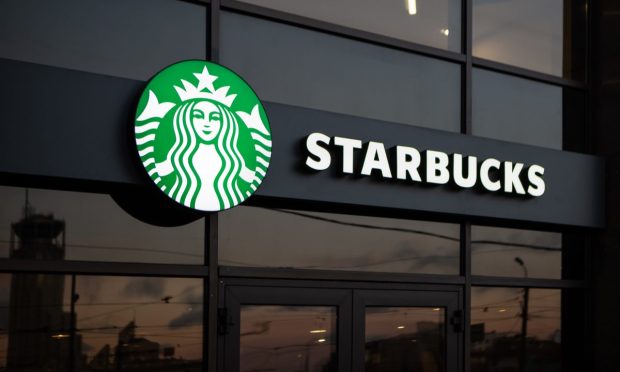Starbucks Rewards Members Grow 15% in Q4 but Controversial Changes Loom

Starbucks continues to grow its loyalty base, but upcoming unwelcome alterations could change that.
The coffeehouse chain, the world’s largest restaurant company by revenue, shared in its first-quarter 2023 financial results Thursday (Feb. 2) that its loyalty program’s 90-day active membership base grew 15% year over year to 30.4 million.
“Loyal Starbucks reward members broke a record 56% of tender up 3% from last year, reflecting increased customer engagement throughout our system,” Starbucks interim CEO Howard Schultz said on a call with analysts.
However, the quarter ended Jan. 1, just three days after the company notified program members and updated its Starbucks Rewards Terms of Use page to reflect changes to its rewards structure. These modifications, scheduled to go into effect Feb. 13, make it more costly to earn many popular items and less costly to earn a handful of others. As such, the results of the changes on the program’s active membership base remain to be seen.
“We announced changes to our Starbucks Rewards redemption tiers, which not only supports critical program growth and discount efficiency, but it also allows us to add increasing value relative to our most popular items that are more attainable, a change that our members have praised,” Executive Vice President and Chief Marketing Officer Brady Brewer told analysts on the call.
As an example of these changes, the number of rewards points, or Stars, it takes to earn brewed hot coffee, bakery items and hot tea has doubled, while the number of stars required to earn iced coffee and iced tea has decreased by a third.
If some members have praised the changes, as Brewer said, that positive sentiment has not been the consensus across the board. In addition to widespread media reports pointing out that the changes make it harder to earn many of the most popular items, social media forums including Reddit and Twitter are full of consumers complaining about the switch.
Appealing rewards can be key to consumers’ digital loyalty. Research from the October edition of PYMNTS’ Restaurant Digital Divide report, “The 2022 Restaurant Digital Divide: Restaurant Apps and Websites in the Spotlight,” which drew from a census-balanced survey of nearly 2,000 U.S. consumers, found that 45% of frequent first-party restaurant app and website users cited better access to discounts or rewards as an influential feature impacting their preferences for these first-party channels.
Moreover, data from the February/March edition of the study “Digital Divide: Restaurant Subscribers and Loyalty Programs,” based on responses from more than 2,000 U.S. adults who regularly buy food from restaurants, found that 38% of consumers use loyalty programs at quick-service restaurants (QSRs).
As Starbucks makes these changes to its rewards program, the brand aims to drive digital engagement in other ways, expanding its availability on third-party channels.
“Our convenience channels — mobile order and pay, drive-thru and delivery — continue to fuel our business, delivering 72% of U.S. revenue in Q1,” Schultz said.
Earlier this month, the company announced that it is extending its partnership with DoorDash to additional markets.
Research from PYMNTS’ study last year, “The ConnectedEconomy™ Monthly Report: The Rise of the Smart Home,” which drew from a survey of more than 2,600 U.S. consumers, found that 43% order food for same-day delivery from aggregators every month. Plus, more than half of those aggregator customers make purchases once a week or more.
